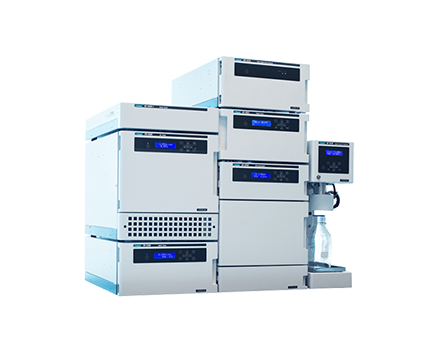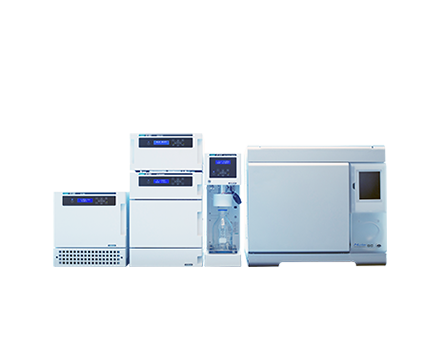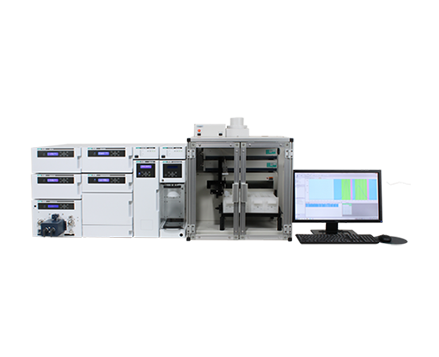High Resolution Separation of Hydrocarbons by Supercritical Fluid Chromatography
August 19, 2022
Introduction
It is fairly well known that SFC is used for fuel analysis of olefin determination in gasoline and non-aromatic and aromatic content in diesel among other fuel separations. In those applications the individual components within each class (non-aromatics, mono-aromatics, poly-aromatics) are not identified, but simply grouped to determine the percentage of each group. Recent interest in further separation and identification of the components within those compound classes has led to additional research.
Non-aromatic hydrocarbons are very difficult to retain as seen in the above mentioned fuel applications. In order to identify the components in the non-aromatics, a significant increase in retention will be required. Unique to SFC is the ability to join columns inline to increase the effective length of the separation column. Using two columns inline, the required retention was successfully achieved and the individual hydrocarbons were determined.
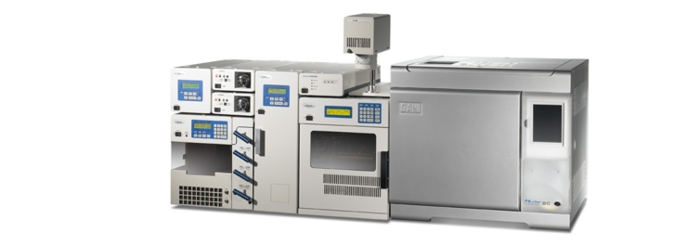
Experimental
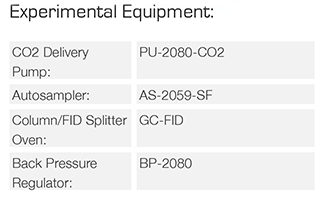
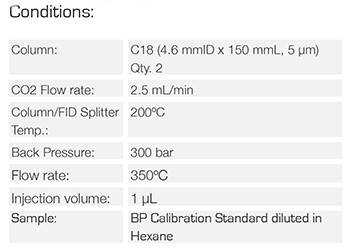
Results
The chromatogram (Figure 1) of the non-aromatic hydrocarbon standard mixture is shown below. Besides C5-C9 which co-eluted, all of the hydrocarbons were successfully separated and identified. As the BP Calibration standard was diluted in hexane in order to have the FID signal on scale, the strong hexane signal likely contributed to the co-elution of C5-C9.
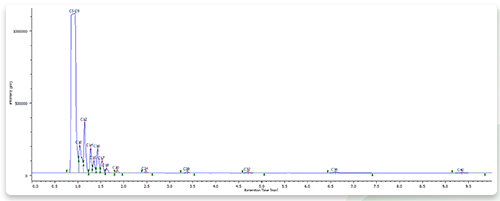
Featured Products:

High Resolution Separation of Hydrocarbons by Supercritical Fluid Chromatography
Introduction
It is fairly well known that SFC is used for fuel analysis of olefin determination in gasoline and non-aromatic and aromatic content in diesel among other fuel separations. In those applications the individual components within each class (non-aromatics, mono-aromatics, poly-aromatics) are not identified, but simply grouped to determine the percentage of each group. Recent interest in further separation and identification of the components within those compound classes has led to additional research.
Non-aromatic hydrocarbons are very difficult to retain as seen in the above mentioned fuel applications. In order to identify the components in the non-aromatics, a significant increase in retention will be required. Unique to SFC is the ability to join columns inline to increase the effective length of the separation column. Using two columns inline, the required retention was successfully achieved and the individual hydrocarbons were determined.

Experimental


Results
The chromatogram (Figure 1) of the non-aromatic hydrocarbon standard mixture is shown below. Besides C5-C9 which co-eluted, all of the hydrocarbons were successfully separated and identified. As the BP Calibration standard was diluted in hexane in order to have the FID signal on scale, the strong hexane signal likely contributed to the co-elution of C5-C9.


 Download This Application
Download This Application